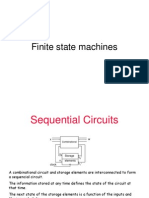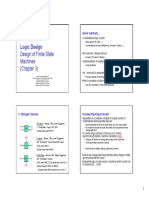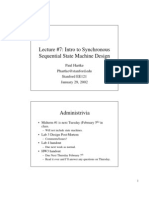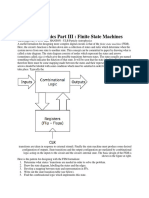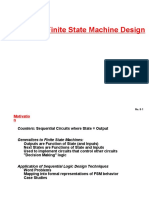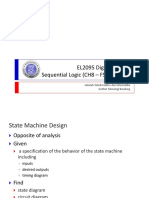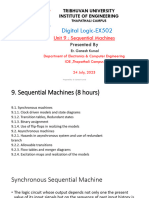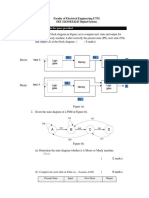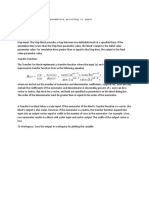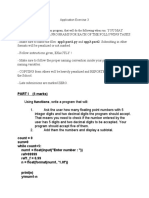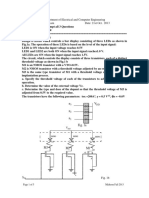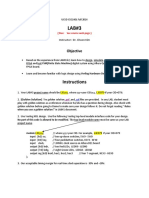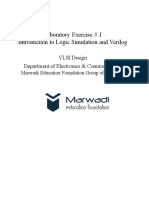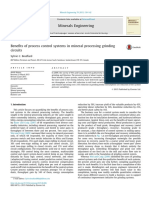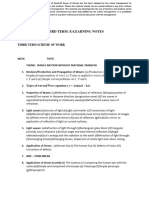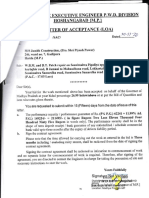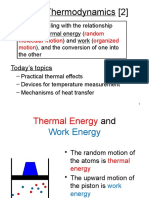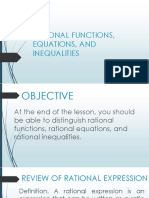0% found this document useful (0 votes)
96 views26 pagesSequential Design: Mr. Amit Kumar
This document discusses sequential design and finite state machines. It begins by explaining the difference between level-sensitive latches and flip flops. It then discusses how to abstract sequential circuits into combinational logic and storage elements. Several forms of sequential logic are described, including asynchronous and synchronous sequential logic. Finite state machines can be represented using states, transitions, and a clock. Counters are provided as a simple example of a finite state machine. The document outlines the process for designing finite state machines, including converting a state diagram to a state transition table and implementing the design using flip flops and combinational logic. Two example projects, a parity checker and door lock system, are proposed to demonstrate finite state machine design.
Uploaded by
amitkumar_87Copyright
© © All Rights Reserved
We take content rights seriously. If you suspect this is your content, claim it here.
Available Formats
Download as PPT, PDF, TXT or read online on Scribd
0% found this document useful (0 votes)
96 views26 pagesSequential Design: Mr. Amit Kumar
This document discusses sequential design and finite state machines. It begins by explaining the difference between level-sensitive latches and flip flops. It then discusses how to abstract sequential circuits into combinational logic and storage elements. Several forms of sequential logic are described, including asynchronous and synchronous sequential logic. Finite state machines can be represented using states, transitions, and a clock. Counters are provided as a simple example of a finite state machine. The document outlines the process for designing finite state machines, including converting a state diagram to a state transition table and implementing the design using flip flops and combinational logic. Two example projects, a parity checker and door lock system, are proposed to demonstrate finite state machine design.
Uploaded by
amitkumar_87Copyright
© © All Rights Reserved
We take content rights seriously. If you suspect this is your content, claim it here.
Available Formats
Download as PPT, PDF, TXT or read online on Scribd
/ 26

